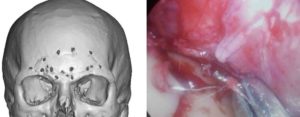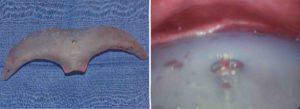Background: Brow bone injuries are an uncommon type of facial fracture. They are typically associated with high impact injuries to the forehead. The thin bones overlying the frontal sinus are typically shattered over most of the underlying air cavities. Inward displacement occurs and an external contour deformity results which is particularly obvious in men due to their naturally more prominent brow bones.
Brow bone fracture repair is done by the use of small plates and screws which requires direct access in more severely displaced bone segments. This is the only way to restore the convex shape of the brow bones as the plates help serve as arched suspensions. When older wire fixation techniques were only available lack of restoring adequate brow bone projection was common.
Should inadequate brow bone projection occur restoration can be done using a variety of techniques. Bone cements are a good choice but require an open coronal scalp incision and are difficult to get down into the frontonasal junction underneath a tight scalp flap. Custom implants made from the patient’s 3D CT scan offers a very accurate and assured method of brow bone augmentation with the potential to be placed through much smaller scalp incisions.
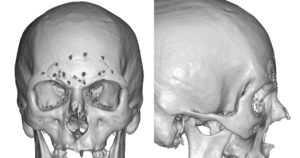
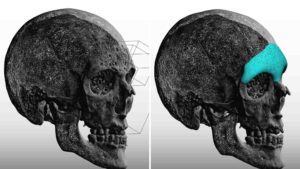
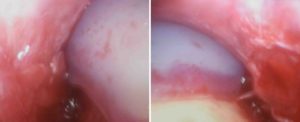
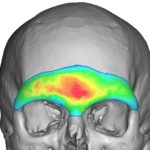
Case Highlights:
1) Brow bone fractures and wire fixation repair are prone to causing brow bone recession.
2) A custom brow bone implant can restore brow bone protrusion and radix nasal height.
3) Endoscopic dissection and placement can be done for most custom brow bone implants.
Dr. Barry Eppley
Indianapolis, Indiana




